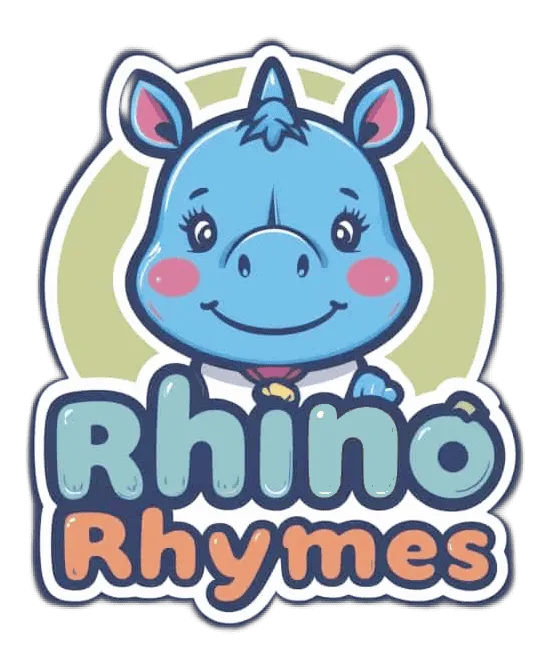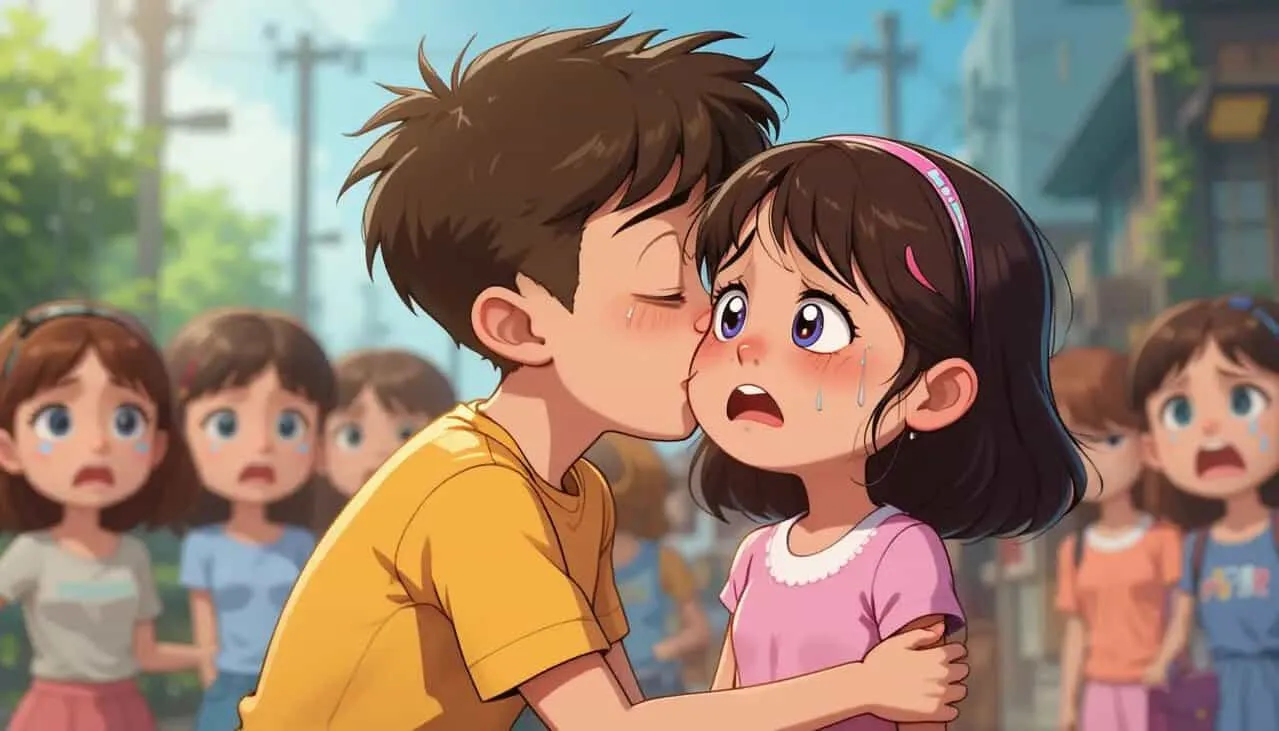“Georgie Porgie, pudding and pie, kissed the girls and made them cry; when the boys came out to play, Georgie Porgie ran away” is one of the most recognizable nursery rhymes in the English language. Despite its seemingly simple and playful nature, “Georgie Porgie” has a rich history and multiple interpretations. This article delves into the origins, variations, and theories surrounding this beloved rhyme.
Origins, Theories and Variations
- The earliest known version of “Georgie Porgie” was published in The Kentish Coronal in 1841, where it was referred to as “Georgy Peorgy” and described as an “old ballad” with the lines “Georgy Peorgy, pudding and pie, kissed the girls and made them cry; when the girls came out to play, Georgy Peorgy ran away”. Over time, variations emerged, including “Rowley Powley” and “Georgey Porgey,” with slight changes in the lyrics.
- One popular theory suggests that “Georgie Porgie” might refer to George Villiers, the 1st Duke of Buckingham, known for his influence over King James I and his numerous romantic affairs. However, the rhyme was not published until more than 200 years after Villiers’ death, making this connection speculative.
- Another theory links the rhyme to King George IV, whose weight and numerous mistresses could have inspired the “pudding and pie” and “kissed the girls” lines. This theory is more plausible given the timing of the rhyme’s publication and George IV’s public image during his reign.
- One notable variation involves the gender of the children coming out to play. In some versions, it is the girls, while in others, it is the boys. The version featuring boys became more popular and is the one commonly sung today: “When the boys came out to play, Georgie Porgie ran away”.
- Some interpretations also suggest that the rhyme could be linked to a gay sex scandal in the court of King Charles II, though this remains speculative. Additionally, the rhyme has been used as a taunt among children, often targeting boys named George or those perceived as not sufficiently masculine.
Popularity
The popularity of Georgie Porgie can be attributed to several factors:
- Historical and Cultural Significance: The rhyme’s potential connections to historical figures like George Villiers and King George IV have sparked curiosity and kept it relevant in discussions about British history and culture.
- Adaptation and Illustration: The rhyme was illustrated by Kate Greenaway in 1881, which helped popularize it visually. Its inclusion in various collections, such as James Halliwell-Phillipps’ The Nursery Rhymes of England, further increased its visibility.
- Cultural and Social Use: Among children, “Georgie Porgie” has been used as a taunt or a playful rhyme, often targeting boys named George or those perceived as not sufficiently masculine. This social use has kept it alive in playground culture.
- Memorable Melody and Lyrics: The rhyme’s catchy melody and simple, memorable lyrics make it easy for children to learn and remember, ensuring its continued transmission through generations.
- Literary References: The rhyme has been referenced in works by notable authors like Rudyard Kipling and Roald Dahl, which has contributed to its enduring presence in literature and popular culture.
- Evolution of Variations: Over time, variations of the rhyme have emerged, including changes in the third line from “girls” to “boys,” which became the standard version today. These variations reflect the evolving nature of folklore and traditions.
“Georgie Porgie” is more than just a nursery rhyme; it is a window into historical speculation, cultural adaptation, and the evolving nature of folklore. Whether seen as a playful children’s song or a reflection of historical intrigue, “Georgie Porgie” continues to captivate audiences with its timeless charm and mystery.
We hope you enjoyed this article, we have other rhyme articles such as this little piggy and patty cake.

